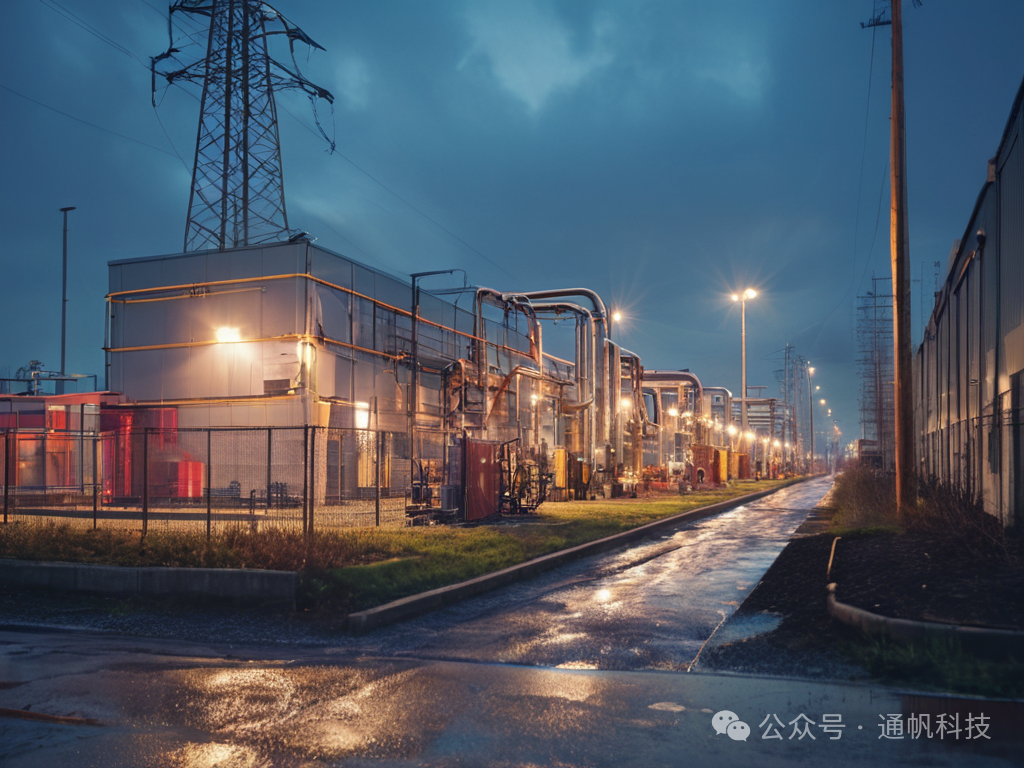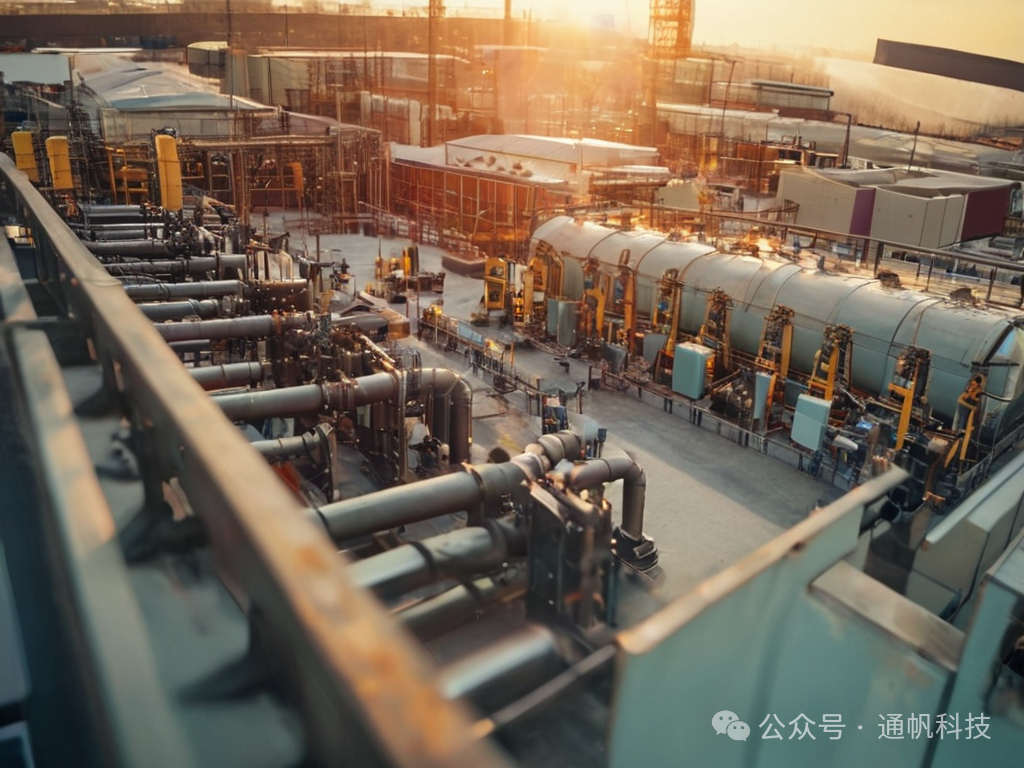

( Click the blue text to follow us. )
As the severe challenges of global climate change and the concept of sustainable development gain traction, new energy technology equipment is transforming our energy production and consumption patterns at an unprecedented pace. From solar photovoltaic panels to wind turbines, from electric vehicles to hydrogen fuel cells, new energy technology equipment, with its clean, efficient, and sustainable characteristics, is leading profound changes in the global energy industry.

Photovoltaic technology is at the core of solar energy utilization. In recent years, with continuous improvements in photoelectric conversion efficiency and decreasing costs, photovoltaic power generation has become one of the most competitive new energy sources. The emergence of high-efficiency battery technologies such as PERC (Passivated Emitter and Rear Cell), HJT (Heterojunction), and TOPCon (Tunnel Oxide Passivated Contact) batteries has led to record-high conversion efficiencies for photovoltaic modules, further reducing the cost of photovoltaic power generation and enhancing its market competitiveness. Meanwhile, the development of intelligent tracking systems and energy storage technologies allows photovoltaic power generation systems to operate more flexibly and efficiently, ensuring stable power supply even at night or on cloudy days.
Wind power, as another important renewable energy source, has also seen remarkable technological advancements. The current main development trends in wind power technology are larger scale and increased intelligence. Larger capacity wind turbines not only improve individual power generation efficiency but also reduce the cost per kilowatt, enhancing the economic viability of wind power projects. Additionally, the application of smart turbines, through advanced sensors, algorithms, and remote monitoring technologies, enables precise control and fault warning for wind turbines, significantly improving their reliability and operational efficiency.



Dragon Boat Festival
Electric vehicles, as representatives of new energy vehicles, are gradually replacing traditional fuel vehicles and becoming the main mode of transportation for the future. Breakthroughs in battery technology, especially the increase in energy density and reduction in costs of lithium-ion batteries, have continuously extended the driving range of electric vehicles, shortened charging times, and significantly improved user experience. At the same time, with the rapid construction and improvement of charging infrastructure, including home charging piles, public fast charging stations, and battery swap stations, a variety of charging networks are gradually forming, providing strong support for the popularization of electric vehicles.
Hydrogen energy, as a clean and efficient energy carrier, is regarded as an important component of the future energy system. Improvements in the efficiency and cost of water electrolysis hydrogen production technology, along with advancements in proton exchange membrane fuel cell technology, have made the production, storage, and utilization of hydrogen more economically feasible. The continuous expansion of application scenarios such as hydrogen fuel vehicles, hydrogen power stations, and hydrogen storage systems indicates that the hydrogen era is approaching.



The application fields of new energy technology equipment are extensive, covering power supply, transportation, industrial production, and building heating and cooling, among others. In terms of power supply, photovoltaic and wind power generation have become one of the main power sources in many countries, effectively alleviating the power supply-demand contradiction and reducing greenhouse gas emissions. In the transportation sector, the popularization of electric vehicles and hydrogen fuel vehicles is leading a revolution in mobility, promoting the transportation industry’s transition to low-carbon and green practices. In industrial production and building heating and cooling, the application of new energy technology equipment such as solar thermal utilization, geothermal energy utilization, and biomass energy utilization is continuously improving energy efficiency and reducing environmental pollution.
The new energy industry, as a strategic emerging industry, has broad market prospects and enormous development potential. The research, manufacturing, and application of new energy technology equipment will drive the development of related industrial chains, create a large number of job opportunities, and promote high-quality economic development.
The widespread application of related technology equipment will accelerate the transformation of the global energy structure, promoting the shift from fossil energy to renewable energy. This not only helps alleviate the energy crisis but also significantly reduces greenhouse gas emissions, addressing global climate change.


New energy technology equipment, as the core driving force for promoting green development, is leading profound changes in the global energy industry. With continuous technological advancements and expanding applications, new energy technology equipment will play an increasingly important role in future society, contributing to the establishment of a clean, low-carbon, safe, and efficient energy system.